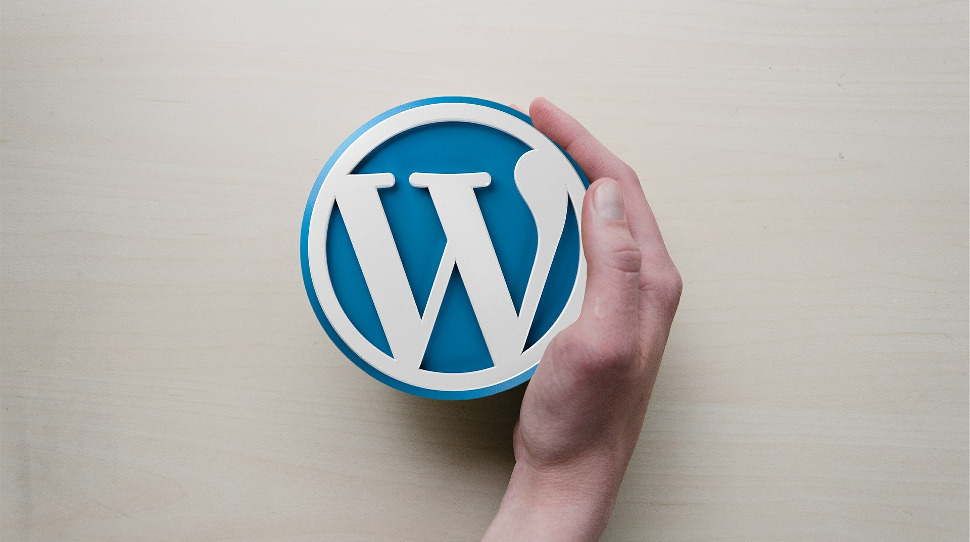WordPress Website Development: Content Planning and Structure
By taking the time to consider your options at the beginning, you will save time, headaches and possibly money too.

Planning how you will structure any WordPress website build and how you will make use of different content types is crucial to the site's success. By taking the time to consider your options at the beginning, you will save time, headaches and possibly money too.
It's tempting to jump straight into installing WordPress and firing up a code editor, without taking the time to consider what the site should contain. Avoid that temptation.
Keep in mind that a website's success depends on its content, so you need a very solid understanding of what content will be displayed on the site, how it will be structured, and how users will interact with it.
Four questions to help you structure your content:
Some clients will not have given much thought to the site's content yet, whereas others will have a detailed content plan. Either way, there are specific questions you can ask that will help you work together to ensure both that the correct content is added and that it is displayed in a manner that works best for the client and the site users.
- What are the site objectives and how will the content help to meet them?
You need to know what the website hopes to achieve. Ask your client why they want a website. What sort of customers do they want? What do they want those customers to do on the site? How many customers do they need? Are they reaching out to existing customers or targeting a new group of people?
- What do site visitors expect?
Are you a pro? Subscribe to our newsletter
Sign up to the TechRadar Pro newsletter to get all the top news, opinion, features and guidance your business needs to succeed!
How does this overlap with the client's objectives? E-commerce sites are a great example of how the user's objectives and the owner's objectives are different but overlap.
On Amazon, for example, many users access the site to buy books; but Amazon would like you to also buy a Kindle, or stock up on household items, clothes, or gifts. Your client's site should make it easy for users to do what they need to do but also encourage them to buy products the client wants to sell.
- Who is the target audience?
This will influence the kind of content needed and its tone. Different audiences will have different expectations in terms of ease of navigation, tone of voice, and quantity of content, such as a site for professional programmers versus a site for bank customers.
- How is the content structured?
This is crucial to a smooth site build. If your client wants to showcase products or case studies, you will need a custom post type for them.
If these custom post types need to be categorized in the same way as each other, this will affect the taxonomies you set up — sometimes one for each custom post type, sometimes one for multiple post types. Asking your client these questions will enable you to determine exactly what content to expect.
Planning Content Generation
One of the most common causes of delays to a site build is generating content. You need to work content generation into your project plan with realistic schedules that have been agreed upon with the people doing the actual work.
You don't have to add all of the content while the site is being built: one option is to build a site with the necessary pages, posts, widgets, and so on, and set it up to display the content but without all of the content in place. You then hand the site over for the client to finish adding content.
A better approach with larger site builds is to see content generation as an ongoing process. The first phase of the project is to build and launch a site with essential content, and then work with the client to support the generation and addition of more content as the site evolves. This approach helps to ensure a continuing relationship with the client after the site goes live.
Matching Content to the Best WordPress Page or Post Type
At this point, you know what content the client needs to include in their site, and you've agreed on a site structure that will achieve their goals most effectively. You now need to identify what WordPress content type to use to store each piece of content.
Depending on the site, this will typically be a mix of pages, posts, and custom post types; but you may also need to use custom fields, taxonomies, and other post types that could be provided by plugins.
You may need to use more than one custom post type, or you may find that using categories or taxonomies for your custom post type does the job. Make a note of all of the types of content on your site and what WordPress content type you will need to use for it.
Planning Content Display
This isn't about styling or design just yet, but rather where content will be displayed on the site, including the use of archive listings and widgets. A clear understanding of which widgets and listings will be used and where they will appear on the site will help you to identify where you need separate template files or conditional code.
For each section of the site, identify what content will be displayed on the page and where. This includes the following:
- Headers and banners
- Navigation
- Widgets
A good way to summarize this information is by creating a grid with the content type on one axis and the section of the site on the other, with details of what will go where added in. Different pages and sections may have different banners or sidebars, or additional navigation as well as the main navigation.
When it comes to designing and building websites, content is undeniably king. If you take the time to understand and plan your site's content before you start to build it, the site will be better for it and your site build will be smoother and more efficient.
- The above is an except of a book called "Wordpress: Pushing the limits", written by Rachel McCollin. She is a web designer and develop specialising in WordPress development and responsive design. She runs Compass Design, a web agency based in Birmingham, UK, and is the author of WordPress: Pushing the Limits, a comprehensive guide for WordPress developers.
- Check out the best WordPress hosting
Rachel McCollin is a web designer and develop specialising in WordPress development and responsive design. She runs Compass Design, a web agency based in Birmingham, UK, and is the author of WordPress: Pushing the Limits, a comprehensive guide for WordPress developers.
